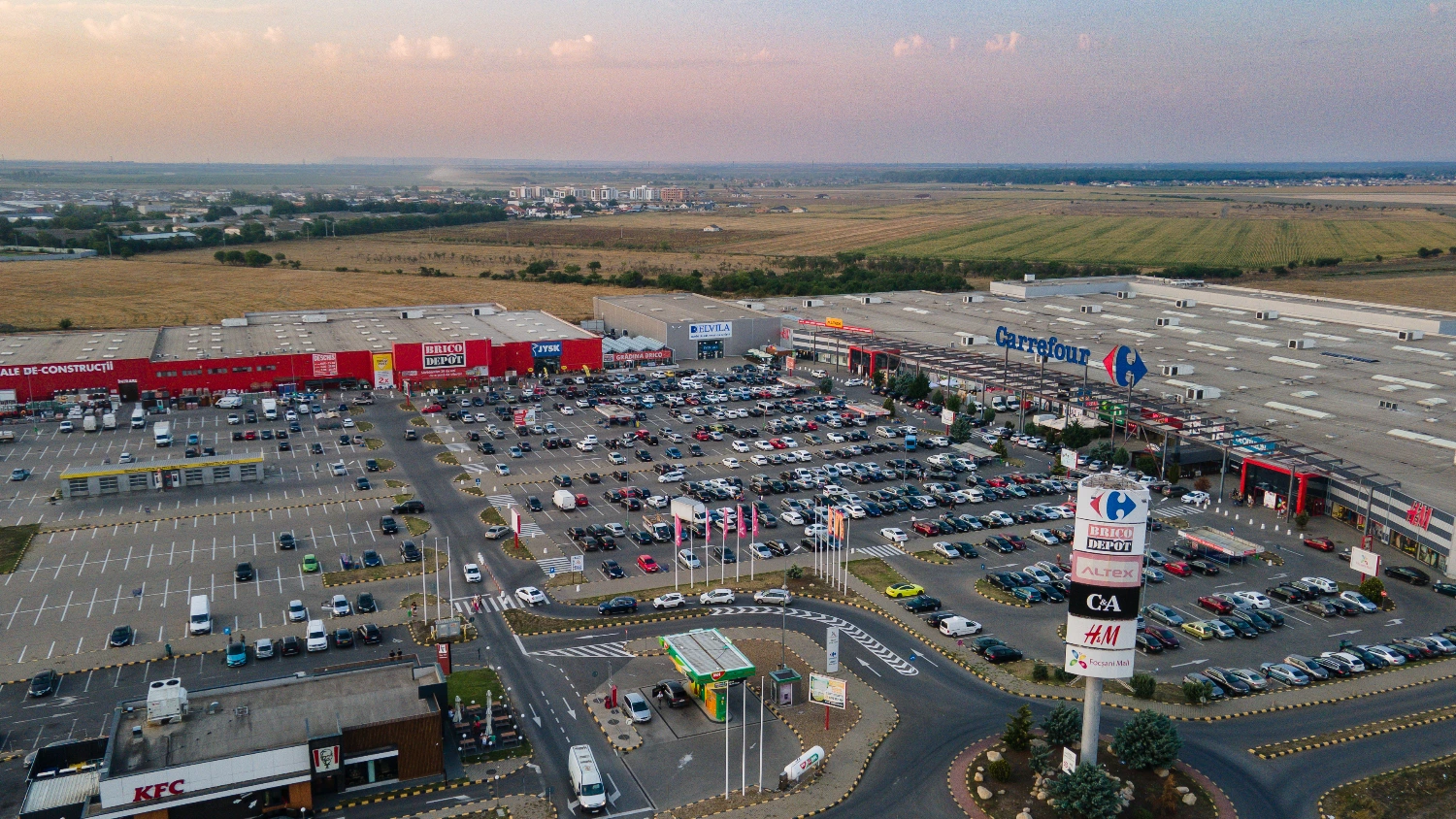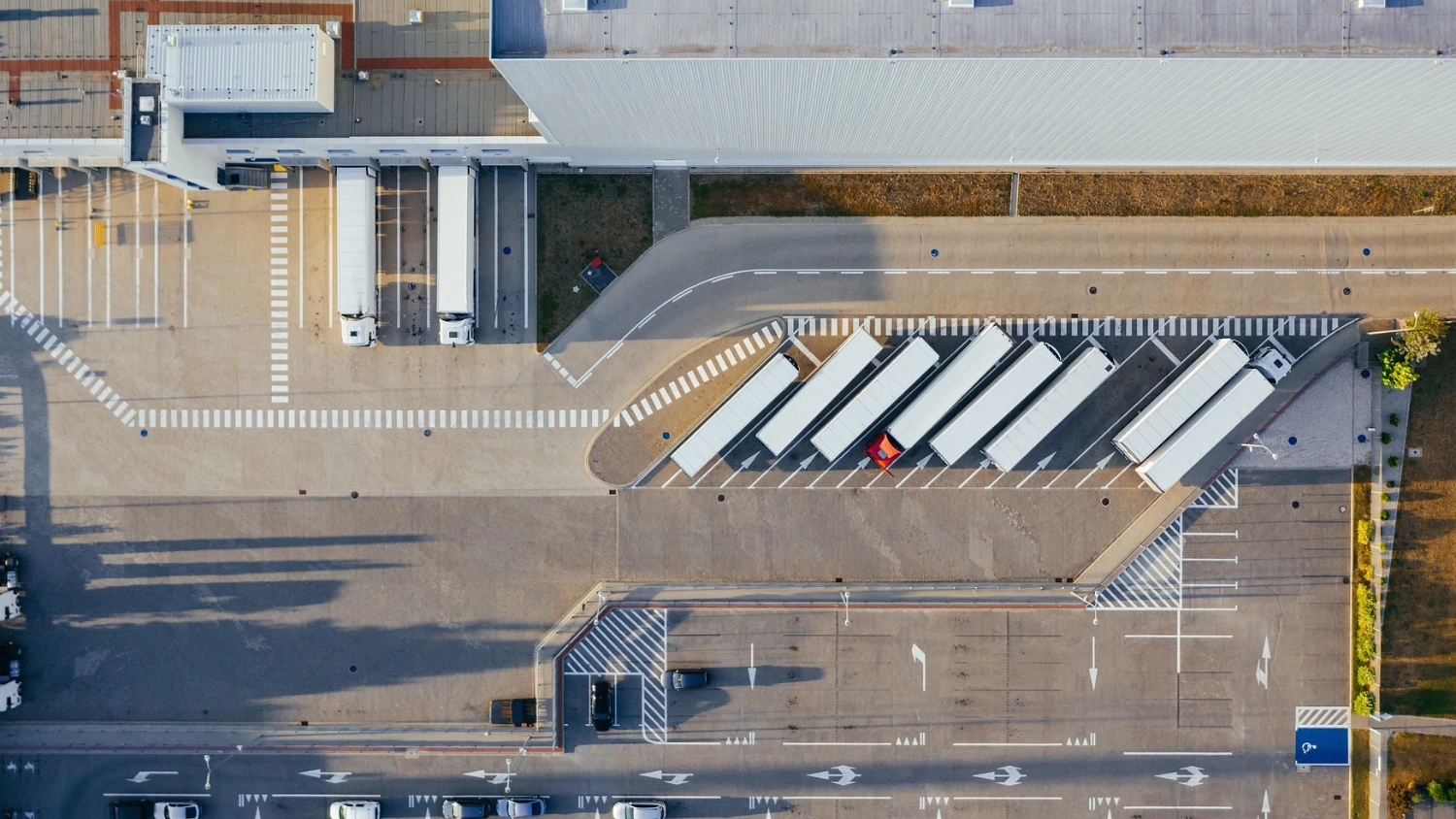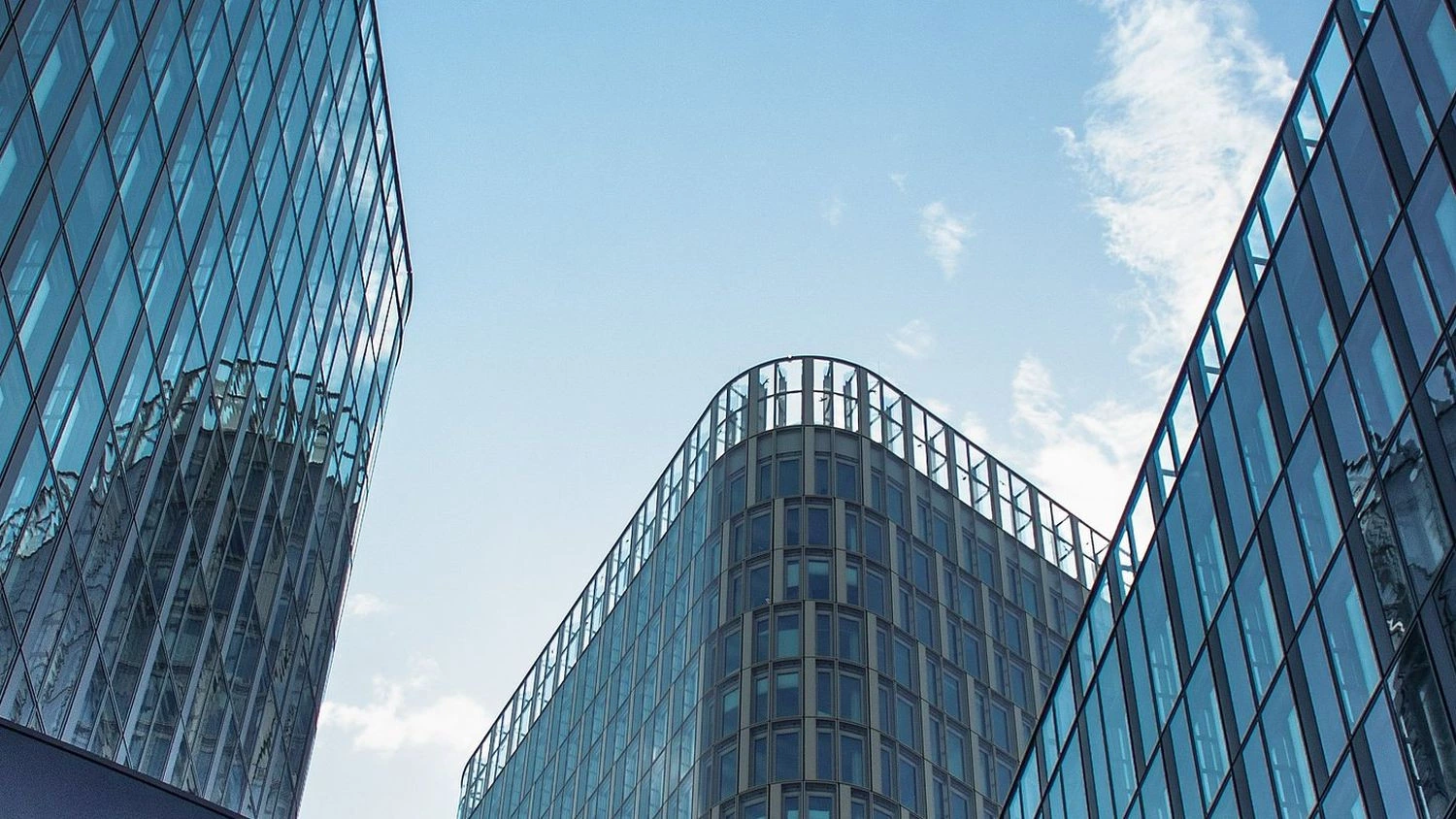“Romania's industrial property market has surged post-pandemic, nearly doubling pre-2020 leasing levels. Economic growth, infrastructure improvements, and reshoring are key drivers in this dynamic space. While keeping in mind the lower per capita existing supply of modern spaces compared to the Czech Republic or Poland, Romania shows strong growth potential. Investments in green buildings and ESG standards are rising, with one in three green certificates in 2023 attributed to industrial projects, aligning with EU directives and tenant expectations", explains Victor Cosconel, Head of Office & Industrial Agencies at Colliers.
In fact, the CEE-6 region (Bulgaria, Czech Republic, Hungary, Poland, Romania, and Slovakia) leads in ESG implementation, with nearly 90% of modern industrial and logistics space boasting high environmental certifications. The Czech Republic and Slovakia have had BREEAM-certified buildings at the "Outstanding" level for several years, with Hungary joining in 2022. In 2023, Poland and Romania also achieved the highest level of certification in several industrial and logistics parks. More facilities across all CEE-13 countries are expected to receive such certifications in the coming years.
Asking rents in the region range from €3.4 per square meter per month in Poland to €7.7 per square meter per month in the Czech Republic, with Romania falling around the middle, with gross rents of around €4.5-5 per square meter for prime warehouses. Recent moves have been favoring a move towards higher rents in Romania after increasing some 25-30% over the last two years, though the pace of the increases does seem to be slowing a bit. Investment yields for prime I&L projects vary from 5.25% in the Czech Republic (the lowest in the CEE region) to 8.5% in Bulgaria, with Romania also more or less in the middle, at around 7.5%. Vacancy rates also vary widely, from 1.75% in the Czech Republic to 7.7% in Hungary, with Romania broadly around 5%.
In the CEE-6 region, the average annual investment volume exceeds 10 billion euros based on recent trends, with I&L investments making up around 27% (€14 billion) over the past five years. In 2023, the I&L investment volume was approximately €1.5 billion, significantly below the five-year average. This decline is mainly attributed to major developers such as CTP, GLP, Prologis, and Segro, who hold properties for the long term, thereby limiting the available volume, even though some developers do engage in asset trading. Consequently, in Romania and much of the CEE region, the I&L investment volume does not accurately reflect the actual demand.
“The I&L sector continues to be a primary focus for investment in Central and Eastern Europe (CEE), notwithstanding economic and geopolitical challenges. The CEE-6 region has seen significant yield compression and notable increases in rental rates due to limited supply and high demand, maintaining an optimistic outlook despite economic pressures. Investment considerations now encompass financing costs, ESG compliance, and economic factors impacting occupier markets. Current financing rates range from 5.0% to 5.75%, influenced by higher interest rates and adherence to ESG criteria. In recent years, the I&L sector has become crucial for economic growth in Central and Eastern Europe, including the Baltic countries and the Balkans. This growth is fueled by increasing demand for modern logistics facilities, strategic geographical positioning, and strong economic fundamentals”, says Victor Cosconel.
Across the CEE-13 region, there are significant variations in salaries, particularly notable increases in the CEE-6 due to nearshoring and automation trends, which are encouraging business expansion towards Central Europe. Migration patterns from the Western Balkans have also been substantial, offering industries the chance to recruit employees with diverse skills and backgrounds.
Driven by sectors such as 3PL, retail and distribution, the total supply of modern industrial and logistics space in the capital city markets of CEE-13 amounts to nearly 25 million square meters, and over 67 million square meters at the country level, despite decreased demand in 2023 due to economic and geopolitical factors. The CEE-6 region, which leads in industrial and logistics development within CEE-13, comprises almost 90% of the total stock (over 60 million square meters). By the end of 2023, nearly 4 million square meters were under construction across the region.
Looking forward, the I&L sector will adjust to inflation and economic shifts, with potential disruptions from changes in occupier demand and e-commerce growth. Nearshoring activities are expected to rise as supply chains diversify. Despite these challenges, the I&L sector in the CEE region is poised to maintain its strength.











